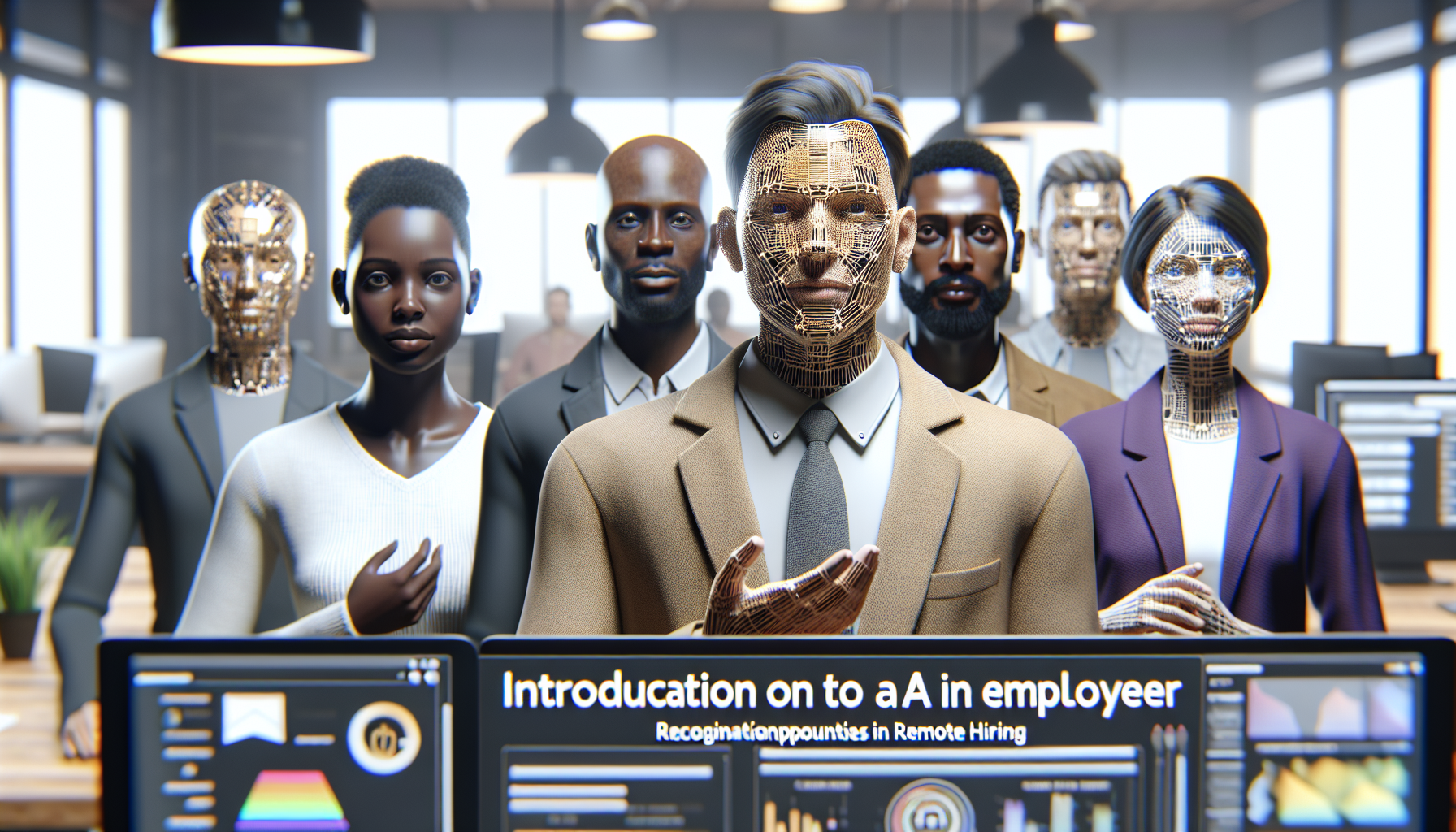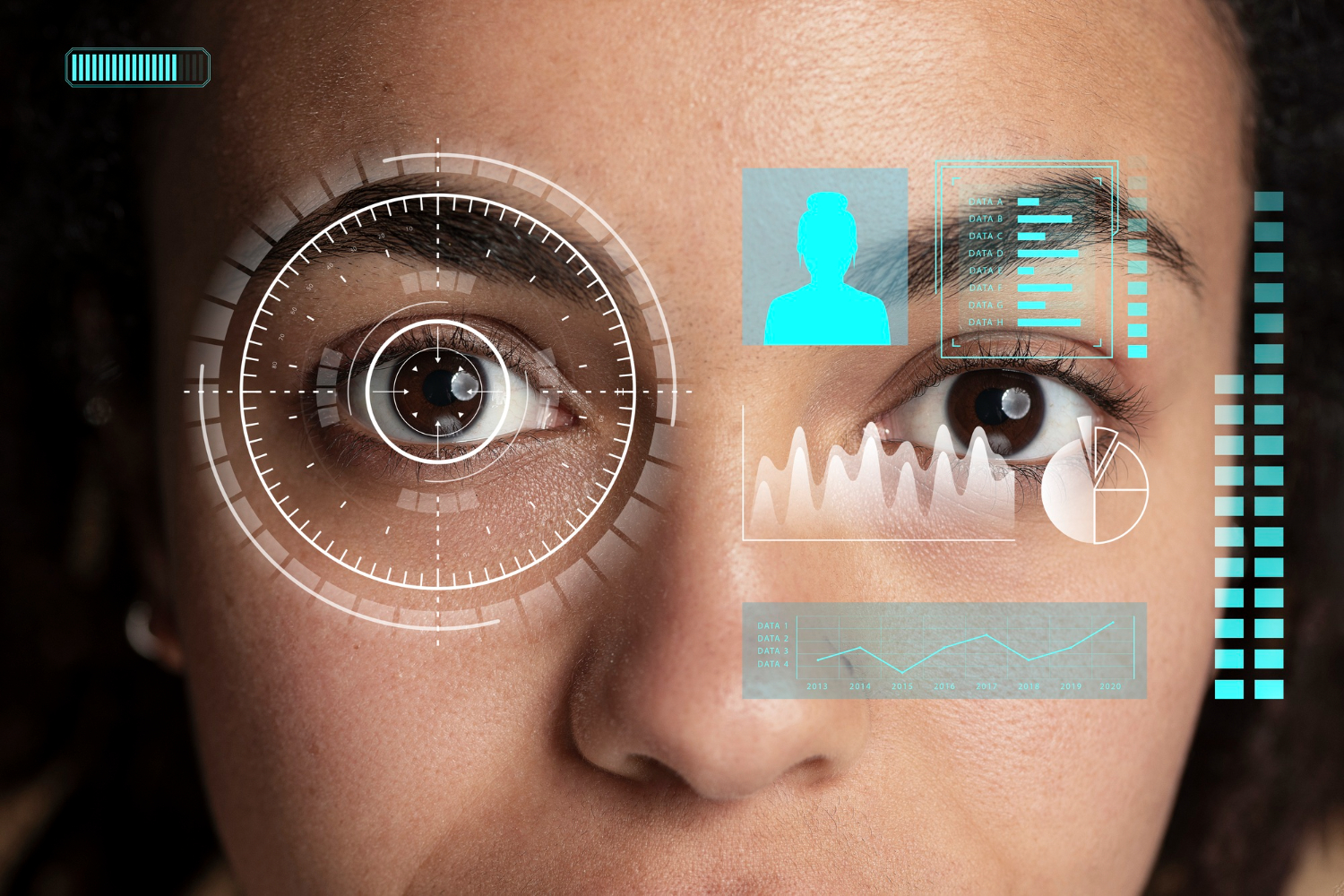Introduction to AI in Employee Recognition

Leveraging AI employee recognition tools has become a game-changer for HR managers, talent acquisition specialists, and recruiters. These tools not only help in identifying recognition opportunities but also ensure that remote teams feel valued and appreciated, which is crucial for retaining tech talent.
How AI Identifies Recognition Opportunities

Analyzing Employee Performance Data
AI systems can analyze vast amounts of performance data to identify patterns and milestones that warrant recognition. For instance, AI can track project completions, sales targets, and customer feedback to pinpoint moments when an employee has gone above and beyond. This data-driven approach ensures that recognition is timely and well-deserved.
Sentiment Analysis and Natural Language Processing
Using natural language processing (NLP), AI can scan emails, chat logs, and other communication channels to detect positive interactions and sentiments. This can be a valuable tool for identifying employees who consistently contribute to a positive work environment. However, implementing sentiment analysis requires careful consideration of employee privacy.
Companies should be transparent about the system’s use and ensure data security. Employees should be informed and their data used solely for recognizing positive interactions.
Real-Life Examples of AI in Employee Recognition

Case Study: Bravo
Bravo, an AI-powered employee recognition platform, has been instrumental in enhancing employee engagement. By automating the recognition process, Bravo allows managers to quickly acknowledge their team’s achievements. According to a user review on Bravo’s website, “The AI capabilities of Bravo have significantly reduced the time we spend on recognition tasks, allowing us to focus more on strategic HR initiatives.”
Case Study: Nectar
Nectar offers a suite of non-AI tools that facilitate meaningful recognition. While not entirely AI-driven, Nectar’s platform allows managers to deliver personalized messages of appreciation efficiently. A user shared on a forum, “Nectar’s tools have made it easier for us to recognize our remote team members, ensuring they feel valued despite the physical distance.”
Challenges and Considerations
Maintaining Authenticity
One of the main concerns with AI-generated recognition is the potential lack of authenticity. As noted in an article on Nectar HR, “AI-generated messages can sometimes feel impersonal, which may undermine the very purpose of recognition.” It’s essential to balance AI efficiency with a human touch to ensure that recognition feels genuine.
Bias in AI Algorithms
AI systems are only as good as the data they are trained on. If the training data contains biases, the AI’s recognition decisions may also be biased. For example, Amazon had to abandon its AI-backed resume screening model due to gender bias. Ensuring that AI tools are trained on diverse and unbiased data is crucial for fair recognition practices.
Conclusion

Incorporating AI employee recognition tools can significantly enhance the way remote teams are managed and appreciated. By analyzing performance data and using NLP, AI can identify key recognition opportunities that might otherwise be overlooked. However, it’s essential to maintain a balance between AI efficiency and human authenticity to ensure that recognition remains meaningful and impactful.
For more insights on how AI is transforming employee recognition, check out this article on HRME News.
- The Agentic Startup Manifesto - June 8, 2025
- Remote Hiring in 2025 - April 5, 2025
- Burnout in Remote Teams: How It’s Draining Your Profits - January 27, 2025
